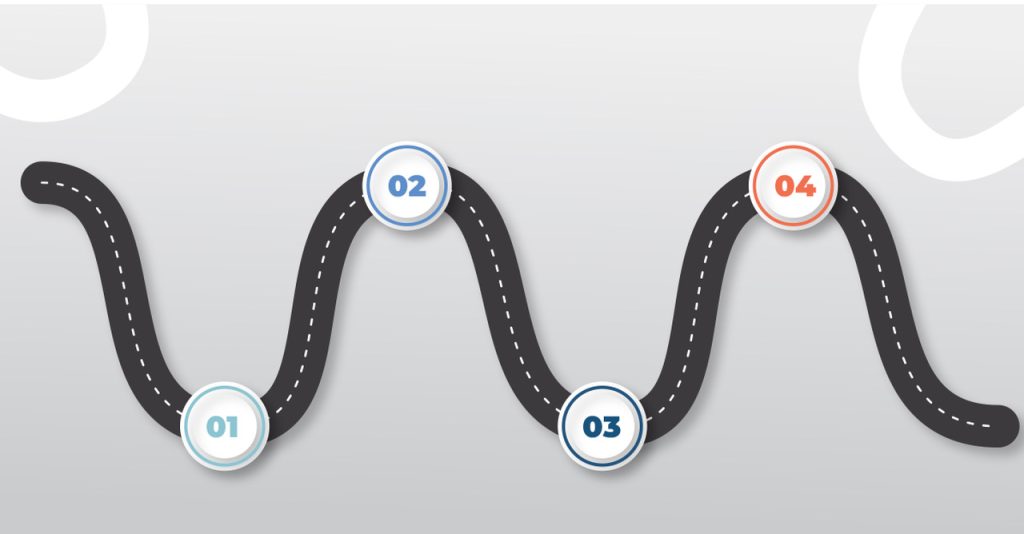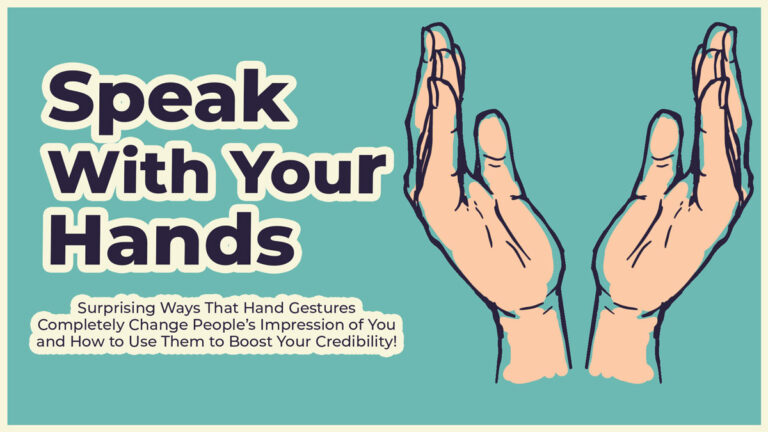Delivering a presentation can be overwhelming, especially when you keep on forgetting your material.
That’s why with the right techniques, you can memorise your presentation with ease and deliver it confidently.
This blog will walk you through 7 proven techniques to help you memorise your material and prepare for important presentations.
1. Understand the Details of the Content
Think of understanding your presentation as building a strong foundation for a house.
Before trying to memorise your script, make sure you fully understand the key points and overall structure of your presentation.
Break down your content into sections and grasp the main ideas of each part.
This deep understanding will make it easier to recall specific details during your presentation.
When you understand your material inside and out, recalling it becomes much easier, as you’re not just memorising words but concepts.
This foundational knowledge reduces anxiety and makes your delivery more fluid and natural.
2. Create an Outline
Visualise your outline as a roadmap guiding you through your presentation.
Write down the main points of your presentation in bullet form.
This outline serves as a skeleton that supports the detailed content.
Practice speaking through the outline to reinforce the structure in your mind.
Having a clear roadmap for your presentation helps you stay on track and remember the sequence of topics.
This method ensures you cover all key points without getting lost in the details.
It also provides a quick reference if you momentarily lose your place.

3. Use Mnemonic Devices
Imagine mnemonic devices as memory hooks that connect to key points.
Create acronyms, rhymes, or associations to help remember lists or complex information.
For instance, if your presentation covers four main points: Planning, Execution, Monitoring, and Evaluation, you could use the acronym “PEME” to recall the sequence.
Mnemonics are powerful tools that simplify complex information, making it easier to remember. They transform abstract details into memorable patterns.
These devices can be personalised to fit your unique memory style.
4. Practise with Repetition
Think of repetition as the practice that turns your presentation into second nature.
Rehearse your presentation multiple times.
Start by practising in front of a mirror, then move on to practising in front of friends or family.
Each repetition reinforces your memory and boosts your confidence.
The more you practice, the more natural your delivery will become, reducing the chances of forgetting your material.
Repetition builds muscle memory for your speech.
This continuous practice makes your presentation feel like second nature.
5. Use Visual Aids
Visual aids are like signposts that guide both you and your audience.
Use slides, charts, or images that correspond to different parts of your presentation.
Visual aids not only help your audience follow along but also serve as cues for you to remember specific points.
Visual aids can significantly enhance recall and keep you aligned with your presentation flow.
They provide a visual break for your audience, making your presentation more engaging.
These aids also act as visual reminders for you, reinforcing key points.

6. Engage with the Material
Engaging with your material is like having a conversation with a friend.
Instead of passively reading through your notes, interact with the content by discussing it, teaching it to someone else, or creating a mind map.
Engaging actively with your material deepens your understanding and retention.
This interaction helps solidify the information in your memory.
It also makes the material more interesting and relatable.
By engaging with your content, you make it a part of your thought process, not just a script to recite.
7. Inject or Use Storytelling
Think of storytelling as creating a narrative that captivates your audience.
Incorporate stories or anecdotes relevant to your topic to make your presentation more engaging and memorable.
Stories can illustrate key points and make complex information more relatable and easier to understand.
Personal stories, case studies, or historical anecdotes can create a connection with your audience, making your message more impactful.
Using storytelling transforms your presentation from a mere delivery of facts to a compelling narrative that holds the audience’s attention and enhances recall.

Show Up Confidently During the Presentation
With these 7 techniques, you can transform the challenging task of memorising your presentation into a manageable and enjoyable process.
The key to a successful presentation lies both in memorisation and in truly connecting with your material and your audience.
Use these tips wisely, and let your next presentation be a showcase of your excellence and confidence.
Turn your preparation into performance, and watch your confidence soar.
Remember, you’ve got this!


